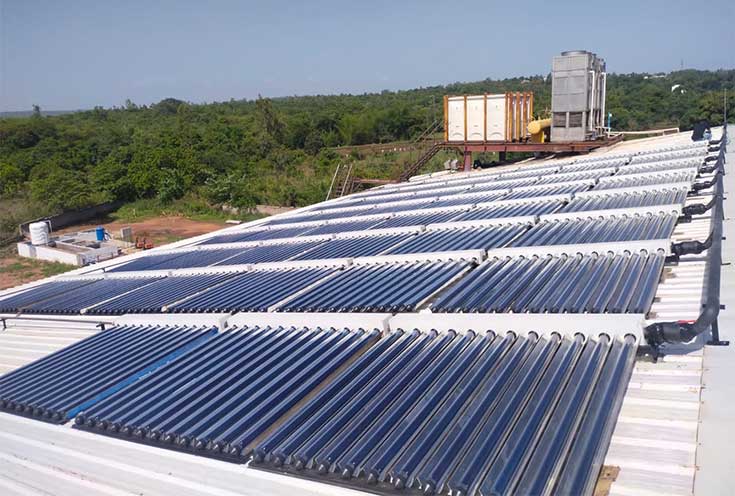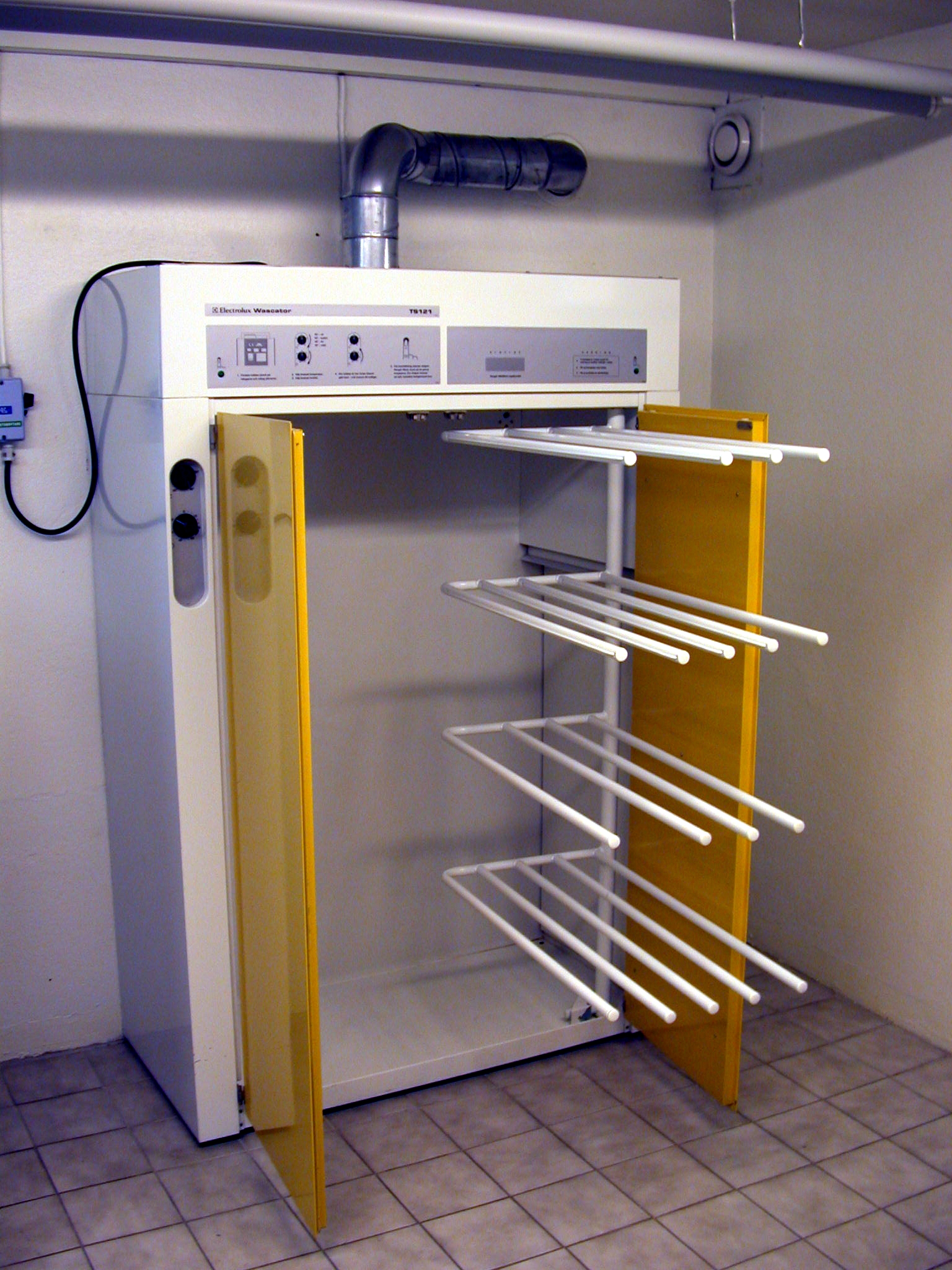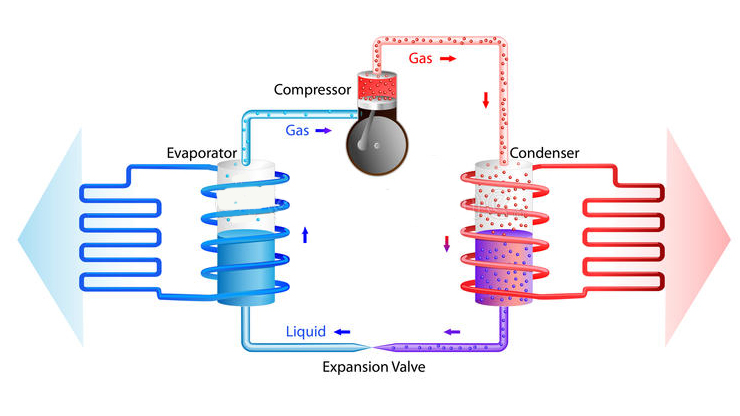Project at - Sirius Food Pvt. LTd. (Kolhapur) - Total 5000 L of water heated to 80°c. per day, for which the total heat load required is 3,00,000 kcal. - The heating is being done using a Compound Parabolic Concentrator Solar Water Heating System to provide 5000 litres of hot water at 80°c. - The Average daily Electricity saving achieved is 465 kW (75% efficiency of electric coil) - The carbon emissions saved upon installation of the solar system offered by Heatray Solar would be 185 tons per year (300 days). - The project thus, has huge environmental benefits equivalent to carbon mitigation by a healthy forest of 67 acres.
Send Message

